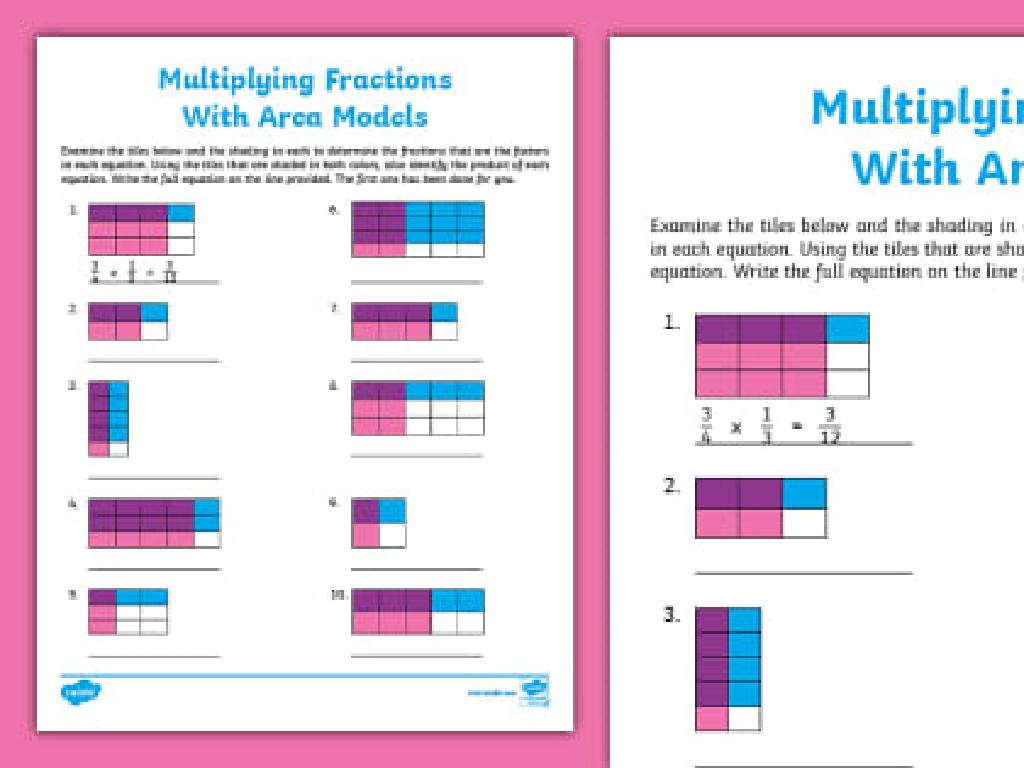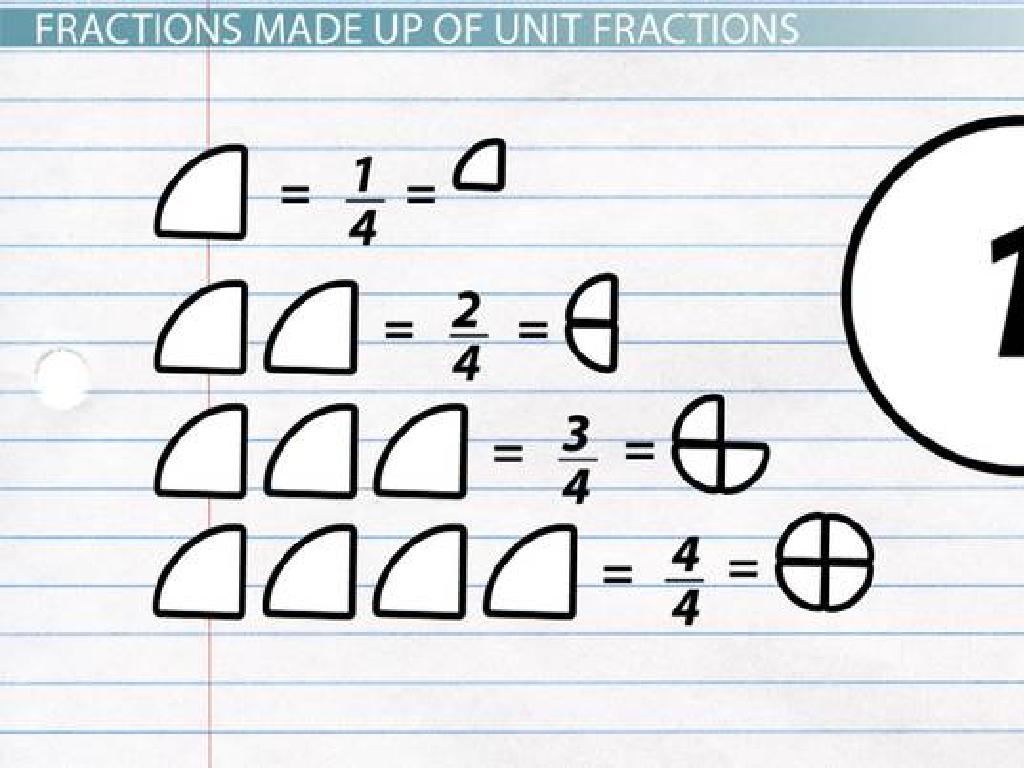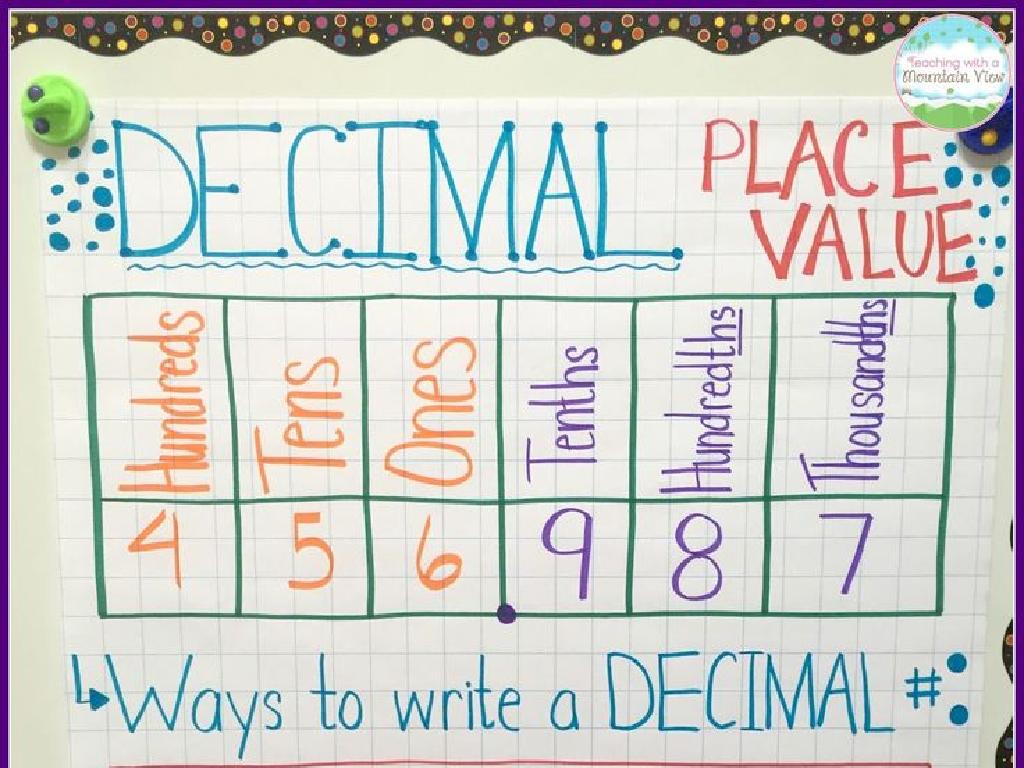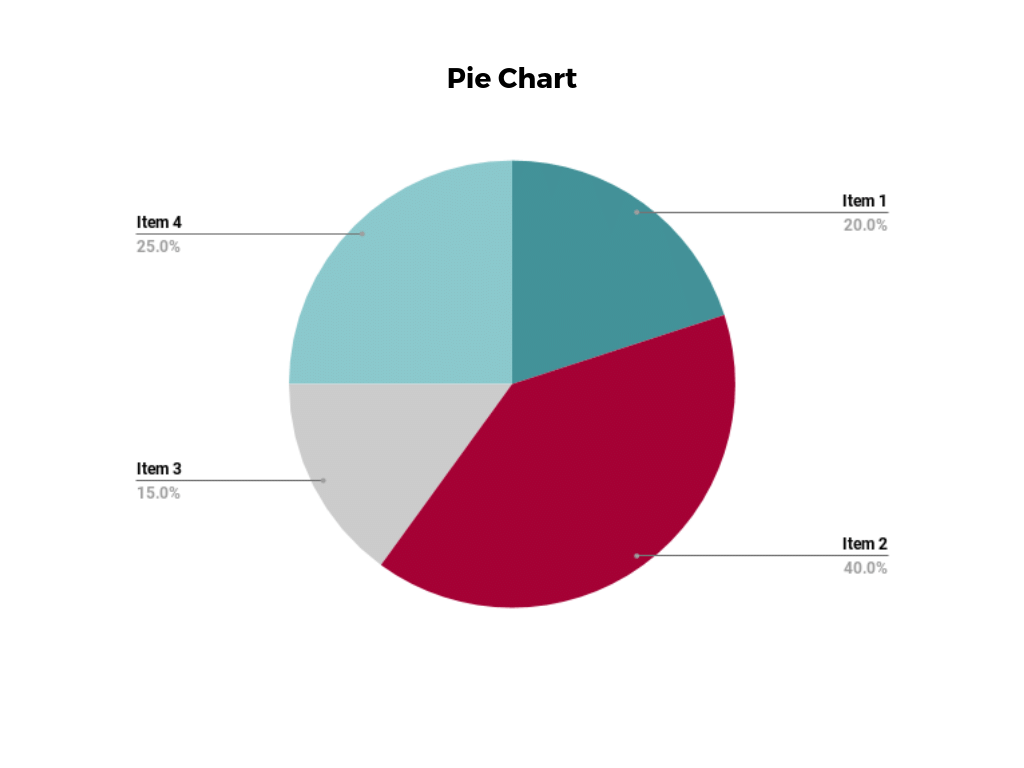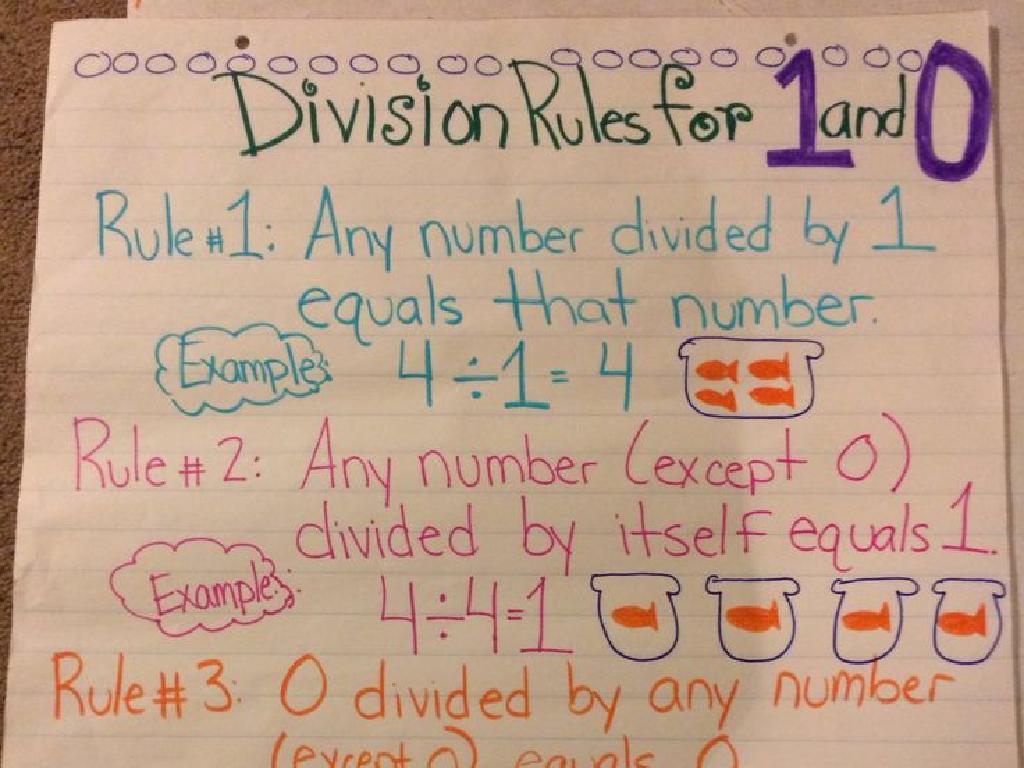Find The Complete Sentence
Subject: Language arts
Grade: First grade
Topic: Sentences
Please LOG IN to download the presentation. Access is available to registered users only.
View More Content
Welcome to Sentences!
– Greetings First Graders!
– Today’s lesson: What’s a sentence?
– Features of a complete sentence
– A subject and a verb, and it expresses a complete thought.
– Let’s find complete sentences
– We’ll look for sentences in a story and decide if they’re complete.
|
This slide is an introduction for first graders to the concept of sentences. Begin the lesson by warmly greeting the students and creating an engaging and comfortable learning environment. Explain that a sentence is a group of words that tells a complete idea. A complete sentence needs a subject (who or what the sentence is about) and a verb (what the subject is doing). It should also express a complete thought that makes sense on its own. During the lesson, use simple and familiar stories to help students identify complete sentences. Encourage them to explain why a sentence is complete, discussing the subject, verb, and the complete thought it conveys. This interactive approach will help them understand and remember the components of a complete sentence.
What is a Sentence?
– A sentence shares a complete thought
– Like ‘The dog ran fast.’ or ‘I love ice cream!’
– Begins with a capital letter
– The first word always starts big, like ‘She’ or ‘Once’
– Ends with a period, question, or exclamation
– Look for a dot, a ‘?’ or a ‘!’ at the end
– Practice finding sentences
|
This slide introduces the concept of a sentence to first graders. Emphasize that a sentence is not just a random collection of words, but it must convey a complete idea or thought. Show them that every sentence starts with a capital letter, which can be a fun way to remember to ‘start big.’ Explain that sentences end with a punctuation mark, which can be a period for statements, a question mark for questions, or an exclamation mark for strong feelings or excitement. To reinforce learning, engage the students in an activity where they identify sentences from a set of examples, looking for these key features. This will help them distinguish between complete sentences and fragments.
Parts of a Sentence
– Every sentence has two parts
– Subject and predicate are essentials.
– The subject: who or what
– Like ‘The cat’ in ‘The cat sleeps.’
– The predicate: what’s happening
– Like ‘sleeps’ in ‘The cat sleeps.’
– Let’s find subjects and predicates
|
This slide introduces the basic components of a complete sentence to first graders. Begin by explaining that every sentence is like a complete thought and has two main parts. The subject is the ‘who’ or ‘what’ the sentence is about, and the predicate tells us what the subject is doing. Use simple and familiar examples to illustrate the concept, such as ‘The dog (subject) barks (predicate).’ Encourage students to identify subjects and predicates in sentences and create their own examples. This foundational understanding will help them in writing and reading comprehension.
Let’s Find the Subject in Sentences
– Understanding a complete sentence
– Example sentence: ‘The cat runs fast.’
– A sentence tells a complete thought.
– Who is the sentence about?
– It’s about someone or something doing an action.
– ‘The cat’ is the subject!
– The subject is who or what the sentence is about.
|
This slide is aimed at helping first graders identify the subject of a sentence. Begin by explaining that a complete sentence tells a whole idea. Use the example ‘The cat runs fast.’ to illustrate a simple sentence. Guide the students to ask the question ‘Who is this sentence about?’ to find the subject. In our example, ‘The cat’ is the subject because it’s who the sentence is about. Encourage the students to practice with more examples and to always look for who is doing the action in the sentence. This will help them understand the structure of sentences and improve their reading comprehension.
Let’s Find the Predicate!
– What is the cat doing?
– Ask: The cat does what?
– ‘Runs fast!’ is our clue
– Predicate tells the action in a sentence
– ‘Runs fast!’ is the predicate
– It completes the sentence about the cat
|
This slide is aimed at helping first graders understand the concept of a predicate in a sentence. Start by asking the students to focus on the action or what is being done in the sentence. Encourage them to ask questions like ‘The cat does what?’ to find the action or predicate. Use ‘Runs fast!’ as an example to show that the predicate tells us what the cat is doing. Explain that a complete sentence needs both a subject (who or what the sentence is about) and a predicate (what the subject is doing). Practice with more examples and ensure that students can identify the predicate in simple sentences.
Complete vs. Incomplete Sentences
– What makes a sentence complete?
– A complete sentence has a subject (who or what) and a predicate (what about it).
– Incomplete sentences are missing parts
– If a sentence doesn’t have a subject or predicate, it’s incomplete.
– Practice identifying sentence types
– Let’s find complete sentences together
– We’ll work as a class to spot complete sentences.
|
This slide introduces the concept of complete and incomplete sentences to first graders. Begin by explaining that a complete sentence tells a full idea with a subject (who or what the sentence is about) and a predicate (what the subject is doing or what happens to the subject). Show examples of both complete and incomplete sentences, and guide students to identify what’s missing in the incomplete ones. Use simple and relatable sentences for practice. Encourage participation by asking students to come up with their own sentences and determine if they are complete or incomplete. This activity will help them understand sentence structure and improve their writing skills.
Practice Time: Complete or Not?
– I’ll show sentences on the board
– Decide if each one is complete
– Think about who and what is doing
– Does the sentence have a subject and a verb? Does it express a complete thought?
– Get ready to share your answers!
|
This slide is for an interactive class activity where students will practice identifying complete sentences. Display sentences one by one on the board and ask the students to determine if each sentence is complete or incomplete. Remind them that a complete sentence needs a subject (who or what) and a verb (what’s happening), and it should express a full idea. Encourage them to ask themselves if the sentence makes sense on its own. This activity will help reinforce their understanding of sentence structure. Be prepared with a list of example sentences of varying complexity to accommodate all learners. Praise participation and provide gentle corrections as needed.
Class Activity: Sentence Scavenger Hunt
– Become sentence detectives
– Search for sentences in class
– Look on books, posters, and boards
– Decide if sentences are complete
– A complete sentence has a subject and a verb
– Share your findings with the class
|
This interactive activity is designed to help first graders understand the concept of complete and incomplete sentences. Students will search the classroom for sentences, which can be found on posters, whiteboards, books, and other classroom materials. They will then determine if the sentences have both a subject and a verb, making them complete. Encourage students to work in pairs or small groups to foster collaboration. After the hunt, regroup and discuss their findings, allowing students to explain why they think a sentence is complete or incomplete. This will reinforce their understanding of sentence structure. Prepare a list of sentences beforehand to ensure there are enough examples around the classroom.
Detective Work: Finding Complete Sentences
– Congratulations, sentence detectives!
– Understanding complete sentences
– We learned sentences share full ideas
– A complete sentence has a subject and a predicate
– Subject does the action, predicate tells more
– It tells a full thought
– Like ‘The cat (subject) sat on the mat (predicate).’
|
Well done on guiding the class through the concept of complete sentences. Reinforce the idea that a complete sentence is like telling a mini story with a clear idea. It has a subject, which is who or what the sentence is about, and a predicate, which tells us what the subject is doing. Use simple examples to illustrate this point, such as ‘The dog barks.’ where ‘The dog’ is the subject and ‘barks’ is the predicate. Encourage the students to always look for these two parts in a sentence to ensure it’s complete and conveys a full thought.

